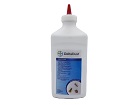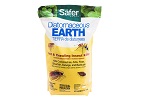Delta Dust vs Diatomaceous Earth
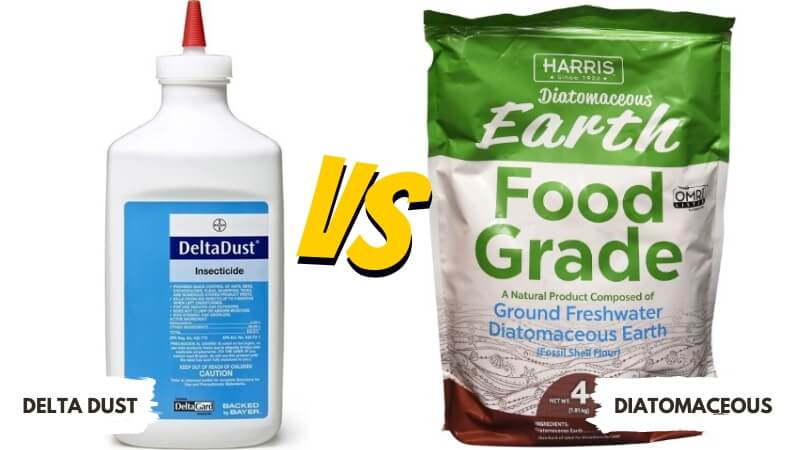
The main difference between Delta Dust and diatomaceous earth is their active ingredient. Delta Dust contains deltamethrin, a synthetic pyrethroid insecticide, while diatomaceous earth is a natural insecticide made from the fossilized remains of microscopic algae.
Diatomaceous Earth vs Delta Dust
This table provides a quick comparison to help you understand the differences more easily.
Active Ingredient
Delta Dust contains 0.05% deltamethrin as its active ingredient. Deltamethrin is a synthetic pyrethroid insecticide that works by disrupting the nervous system of insects, leading to paralysis and death.
Diatomaceous earth contains no synthetic pesticides. It is made up of silica dioxide from the fossilized remains of diatoms.
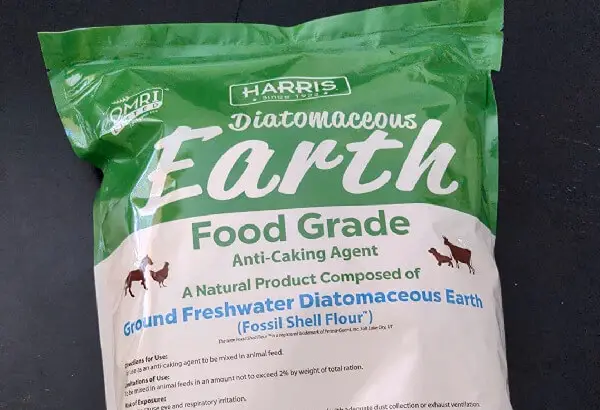
For Use In
Delta Dust can be used both indoors and outdoors for pest control. Its labeling allows for use in and around buildings, on lawns, and in landscaping areas.
Diatomaceous earth can also be used both indoors and outdoors as an insecticide dust. It is often used in gardens, animal enclosures, and human dwellings.
Pest Control
Delta Dust is effective against a wide variety of pests, including ants, bed bugs, cockroaches, fleas, spiders, beetles, flies, ticks, and more. It provides quick knockdown and long residual control.
Diatomaceous earth is also effective against many crawling insects, but it works more slowly by dehydrating pests. It kills ants, bed bugs, cockroaches, fleas, and earwigs but is ineffective against spiders.
How it Works
Delta Dust is a contact insecticide. Insects die after coming into direct contact with the deltamethrin dust or ingesting it while grooming.
Diatomaceous earth is a desiccant dust insecticide. The microscopic sharp edges physically damage the waxy outer layer of insects, leading to dehydration and death.
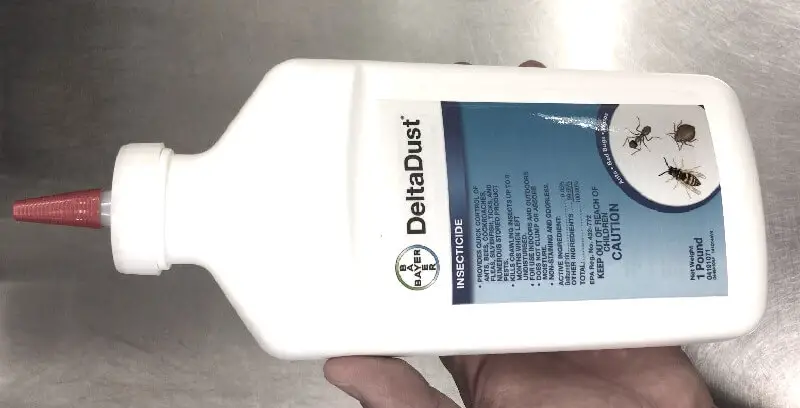
Waterproof Properties
Delta Dust is waterproof, making it work well in damp locations and withstand exposure to some moisture. Diatomaceous earth loses its effectiveness when wet. The powder must remain dry to cut into insects’ exoskeletons.
Where to Use
Delta Dust can be applied in a variety of wet or damp locations, including drains, sewers, and commercial kitchens.
Diatomaceous earth is better suited to dry areas and cannot be used in drains or anywhere moisture is present.
Coverage Area
One pound of Delta Dust covers approximately 2,000 square feet, while one pound of diatomaceous earth covers around 800 square feet.
The more excellent coverage of Delta Dust makes it more cost-effective for large applications.
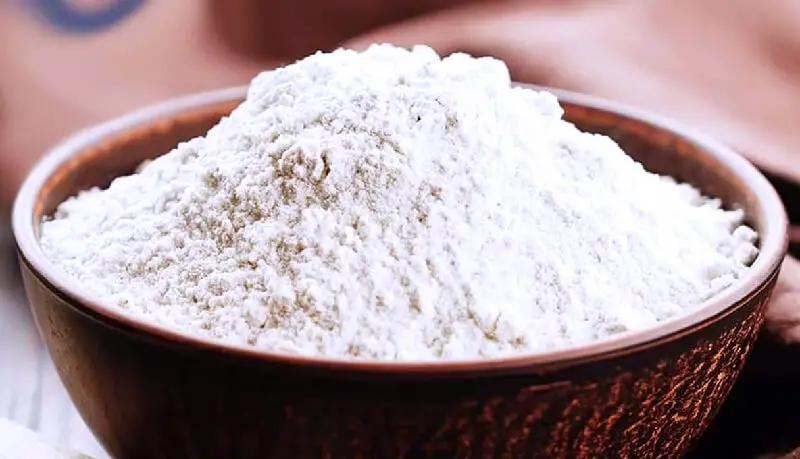
Odor
Delta Dust is odorless when applied correctly at the label rate. Diatomaceous earth has a neutral smell that is not strong or offensive. It can also absorb odors when used as an absorbent.
Residual Effect
When left undisturbed, Delta Dust remains effective at killing insects for up to 8 months. Diatomaceous earth is also long-lasting but must be kept dry.
It will provide ongoing control as long as the powdery layer remains undisturbed.
Dusting Application
Delta Dust can be applied with hand dusters or power dusters for an even coating over surfaces. Diatomaceous earth also comes with or can be used with various dust applicators for powder distribution. Gentle puffs work best to prevent caking.
Additional Info
Delta Dust is approved for use in commercial kitchens and food handling areas. Diatomaceous earth is considered food-grade, but check labeling for use around edibles.
It also has uses beyond insect control, including as an animal feed supplement and an absorbent.
Our Observation
After reviewing the key differences between Delta Dust and diatomaceous earth, it is clear that Delta Dust is more effective for heavy pest infestations and wet areas due to its synthetic insecticide ingredient, waterproof nature, and broad-spectrum control.
However, diatomaceous earth stands out as a versatile natural pest control option that is safe for use around children, pets, and edibles. While Delta Dust provides longer residual action, diatomaceous earth can be a good option for maintenance pest prevention if kept dry.
Consider application locations, pest pressures, and desired longevity when choosing between these two dust insecticides.

James E. Butkovich, Pest control maven with a knack for eco-friendly & Chemical solutions. Blogger with a mission to make homes pest-free, one post at a time.
